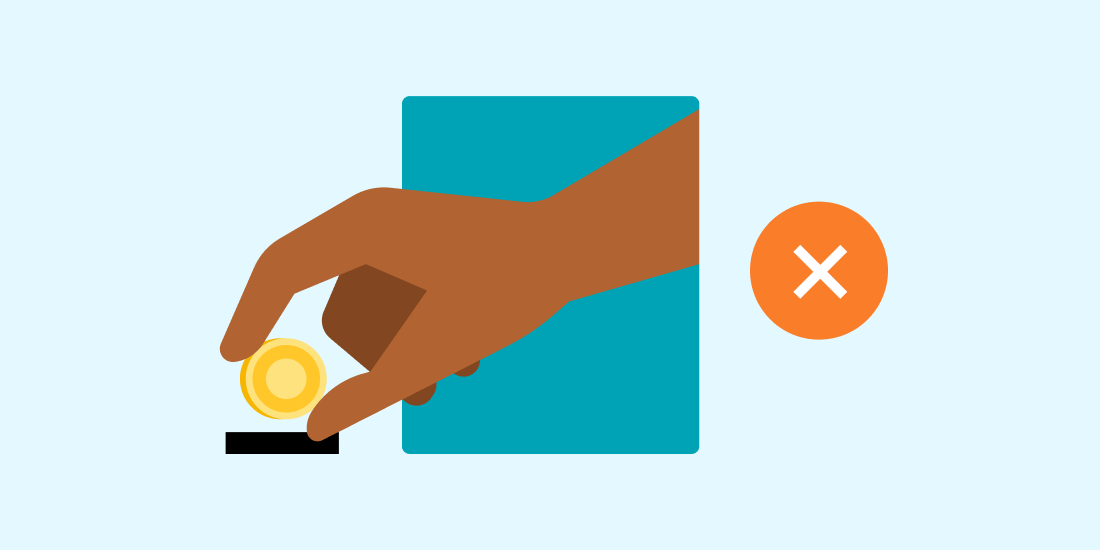Five common Roth conversion mistakes
Learn more about Roth conversion benefits—for high earners and retirees especially—and common conversion mistakes to avoid.

Converting pre-tax funds from your traditional retirement accounts into a post-tax Roth IRA (i.e., a Roth conversion) can make sense in certain scenarios. But before you move any money, we recommend connecting with a trusted financial advisor and, in some cases, a tax advisor. They can help you sidestep five common Roth conversion mistakes:
Converting outside of your intended tax year
You must complete a Roth conversion by a year’s end (December 31) in order for it to count toward that specific tax year’s income. Keep in mind this is different from the IRA contribution deadline for a specific tax year, which (somewhat confusingly) bleeds into the following calendar year. As we’ve mentioned before, Roth conversions require careful planning on your part (and, ideally, your tax advisor) to determine how much you should convert, if at all, and when.
Converting too much
Speaking of, the question of how much to convert is a crucial one. Blindly converting too much could push you into a higher tax bracket. A common strategy used to avoid this is called “bracket filling.” You determine your income and how much room you have until you hit the next tax bracket, then convert just enough to “fill up” your current bracket.
Of course, it can be difficult to determine your exact income. You might not know whether you’ll get a raise, for example, or how many dividends you’ll earn in investment accounts. Because of this, we highly recommend you work with a tax advisor to figure out exactly how much room you have and how much to convert. You no longer have the luxury of undoing a Roth conversion thanks to the 2017 Tax Cuts and Jobs Act.
As a side note, you can squeeze more converted shares into your current bracket if the market is down since each share is worth less in that moment. To be clear, we don’t recommend making a Roth conversion solely because the market is down, but if you were already considering one, this sort of market volatility could make the conversion more efficient.
Withdrawing converted funds too early
When making a Roth conversion, you need to be mindful of the five-year holding period before withdrawing those converted funds, which is different from the 5 year holding period for qualified distributions.
And as we mentioned earlier, you’ll typically pay taxes on the amount you convert at the time of conversion, and future withdrawals in retirement can be tax and 10% penalty free. After making a Roth conversion, however, you must wait five tax years for your withdrawal of your taxable conversion amount to avoid the 10% penalty. Withdrawals of amounts previously converted are always tax-free.
Notably, this countdown clock is based on tax years, so any conversion made during a calendar year is deemed to have taken place January 1 of that year. So even if you make a conversion in December, the clock for the five year rule starts from earlier that year in January. One more thing to keep in mind is that each Roth conversion you make is subject to its own five year period related to the 10% early withdrawal penalty.
Paying taxes from your IRA
Paying any taxes due from a conversion out of the IRA itself will make that conversion less effective. As an example, if you convert $10,000 and are in the 22% tax bracket, you’ll owe $2,200 in taxes. One option is to pay the taxes out of the IRA itself. However, this means you’ll have only $7,800 left to potentially grow and compound over time. If you’re under the age of 59 ½, the amount withheld for taxes will also be subject to a 10% early withdrawal penalty.
Instead, consider paying taxes owed using excess cash or a non-retirement account you have. This will help keep the most money possible inside the Roth IRA to grow tax-free over time.
Keeping the same investments
Conversions can be a great tool, but don’t stop there. Once you convert, you should also consider adjusting your portfolio to take advantage of the different tax treatment of traditional and Roth accounts.
Each account type is taxed differently, which means their investments grow differently, too. You can take advantage of this by strategically coordinating which investments you hold in which accounts. This strategy is called asset location and can be quite complex. Luckily, we automated it with our Tax Coordination feature.

